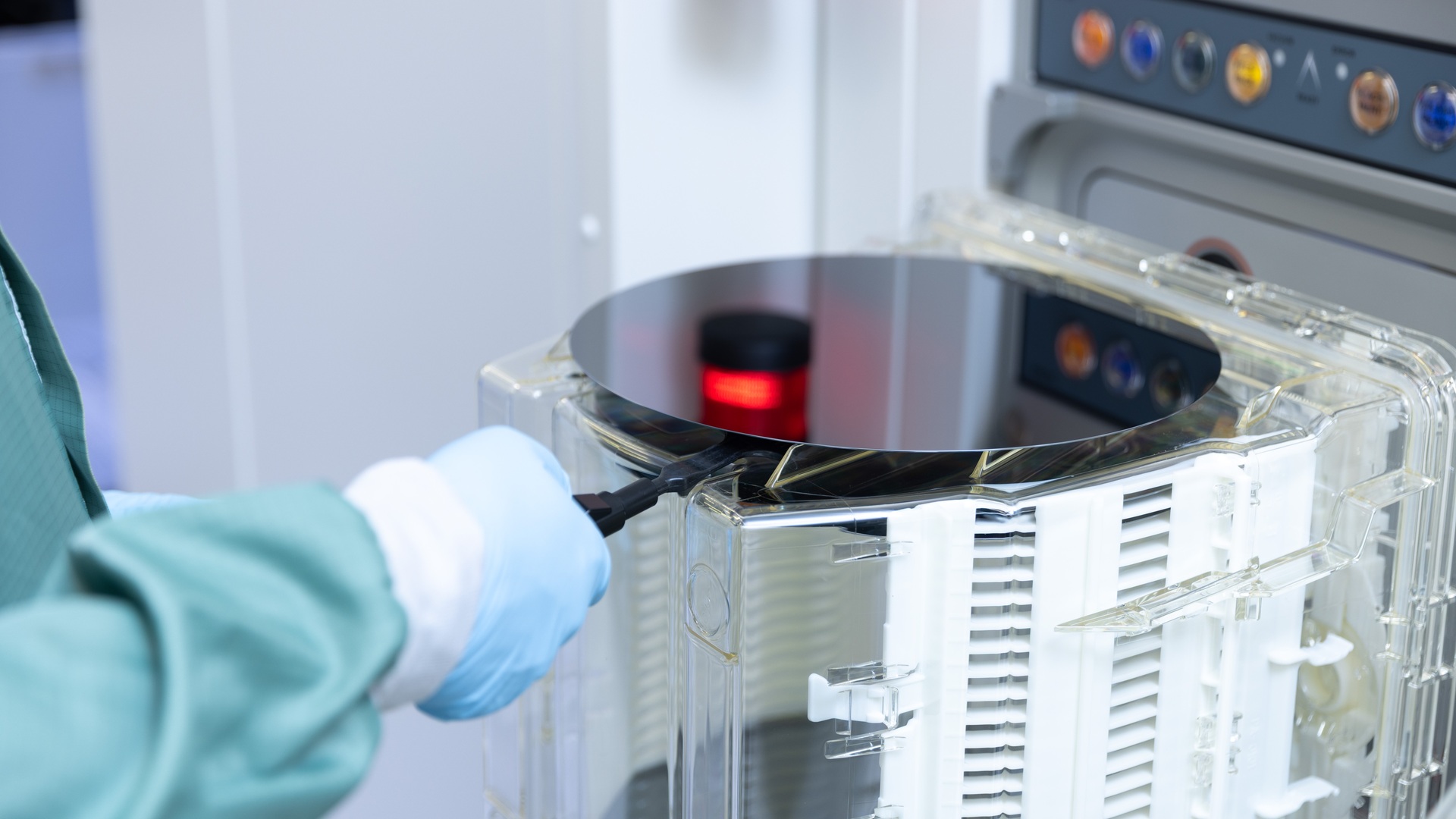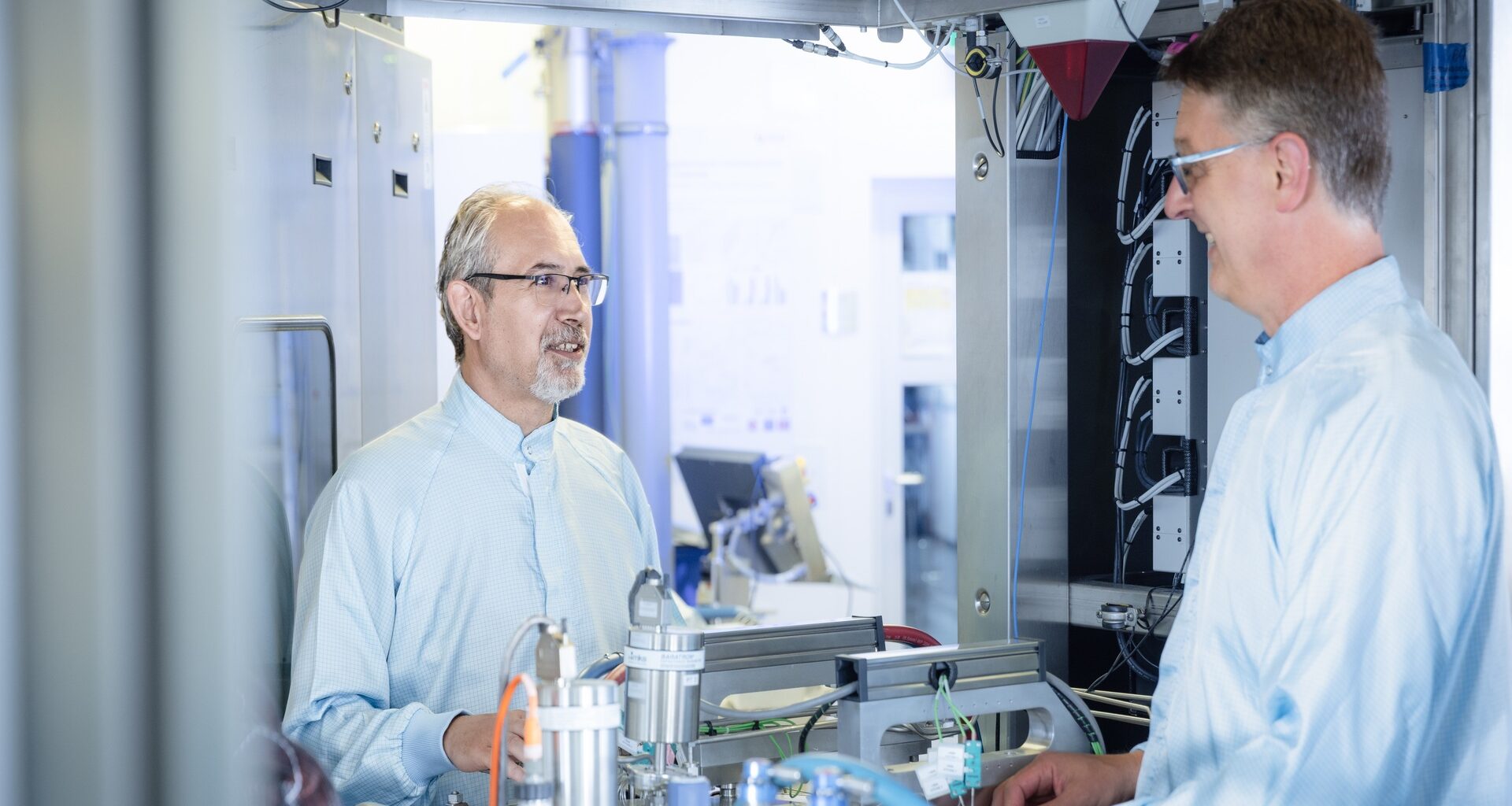Scientists have merged four elements from Group IV of the periodic table to design a new material that could redefine the future of quantum computing, microelectronics, and photonics.
The stable semiconductor alloy of carbon (C), silicon (Si), germanium (Ge), and tin (Sn) was developed by researchers at Forschungszentrum Jülich (FZJ), one of the largest interdisciplinary research institutions in Europe, and the Leibniz Institute for Innovative Microelectronics (IHP).
Abbreviated as CSiGeSn, the newly created compound is the first of its kind. It also belongs to the same group in the periodic table, making it fully compatible with standard CMOS chip manufacturing processes.
“By combining these four elements, we have achieved a long-standing goal: the ultimate Group IV semiconductor,” Dan Buca, PhD, one of the researchers at FZJ, explained.
Chip tech breakthrough
The new alloy represents a major step forward in semiconductor innovation. While silicon has long dominated chip fabrication, it has limitations when integrating photonics or quantum elements directly onto the chip.
Meanwhile, the new material makes fine-tuning electronic and optical properties possible beyond what pure silicon can achieve. It also remains compatible with the delicate crystal lattice on the wafer required for chip production.
 The coated wafer is visually indistinguishable from a conventional one.
The coated wafer is visually indistinguishable from a conventional one.
Credit: Forschungszentrum Jülich / Jenö Gellinek
The team explained that only elements from the same group as silicon can maintain the crystal structure. Others, in turn, disrupt it due to epitaxy, a process in semiconductor technology in which thin layers are deposited on a substrate with atomic precision.
According to Buca, adding carbon into the silicon-germanium-tin matrix allows for unprecedented control over the band gap, a critical parameter that dictates a material’s electronic and photonic behavior.
“An example is a laser that also works at room temperature,” Buca explained, adding that much silicon-based optical tech is still evolving. “There are also new opportunities for developing suitable thermoelectrics to convert heat into electrical energy in wearables and computer chips.”
Combining the impossible
Scientists have experimented with combinations of silicon, germanium, and tin to create optoelectronic devices such as lasers, LEDs, and photodetectors for years. However, adding carbon, because of its much smaller atomic size and different bonding behavior compared to tin, was long thought to be nearly impossible.
By using an advanced industrial chemical vapor deposition (CVD) system from AIXTRON AG, similar to equipment already used in chip production, the team combined all four elements into a uniform and stable material.
The new high-quality material now opens the door to integrating entirely new functionalities into chips, such as room-temperature lasers, high-efficiency thermoelectrics for wearable tech, and even quantum components for future computing systems.
According to the scientists, a massive breakthrough was the successful creation of the first light-emitting diode (LED) based on a so-called quantum well structure composed of all four elements.
“The material offers a unique combination of tunable optical properties and silicon compatibility,” Giovanni Capellini, PhD, a professor at IHP and co-author of the study, concluded in a press release. “This lays the foundation for scalable photonics, thermoelectric, and quantum technology components.”
The study has been published in the journal Advanced Materials.
